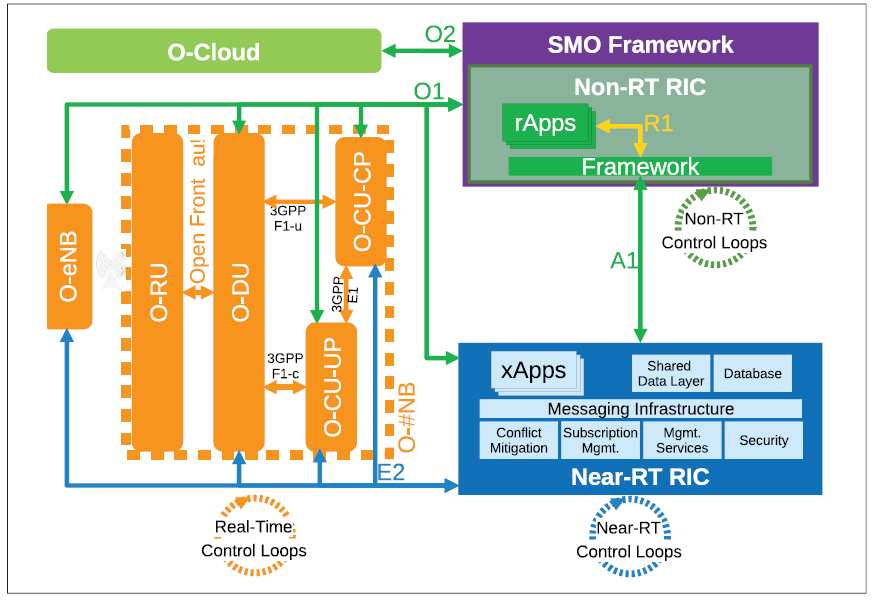Thanks to open standard consortiums such as the ORANAlliance, an open ecosystem of disaggregated and interchangeable components is now available. Network equipment providers are now able to commoditize hardware and […]
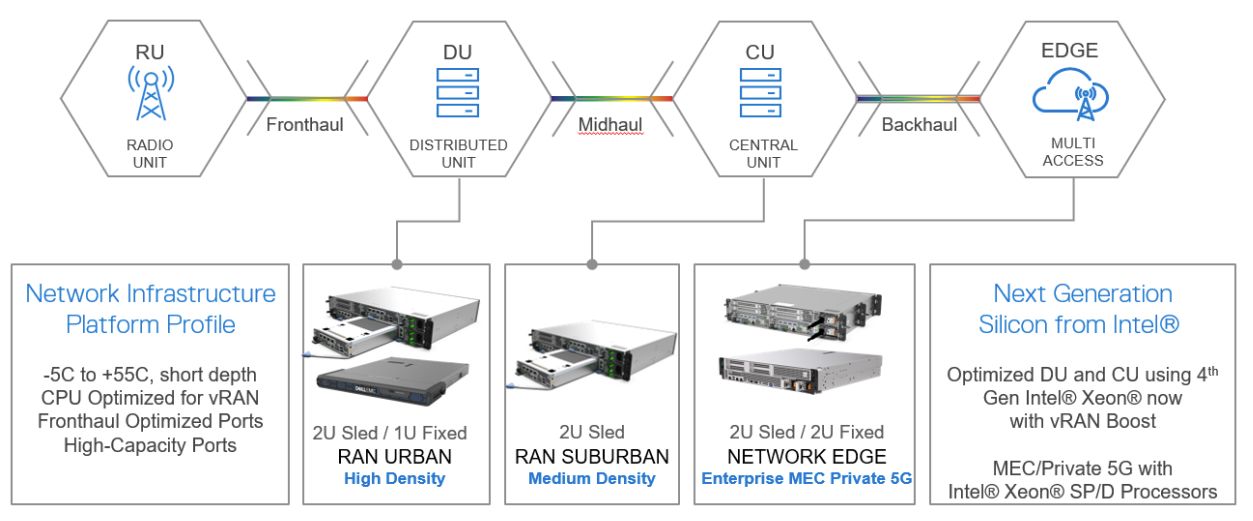
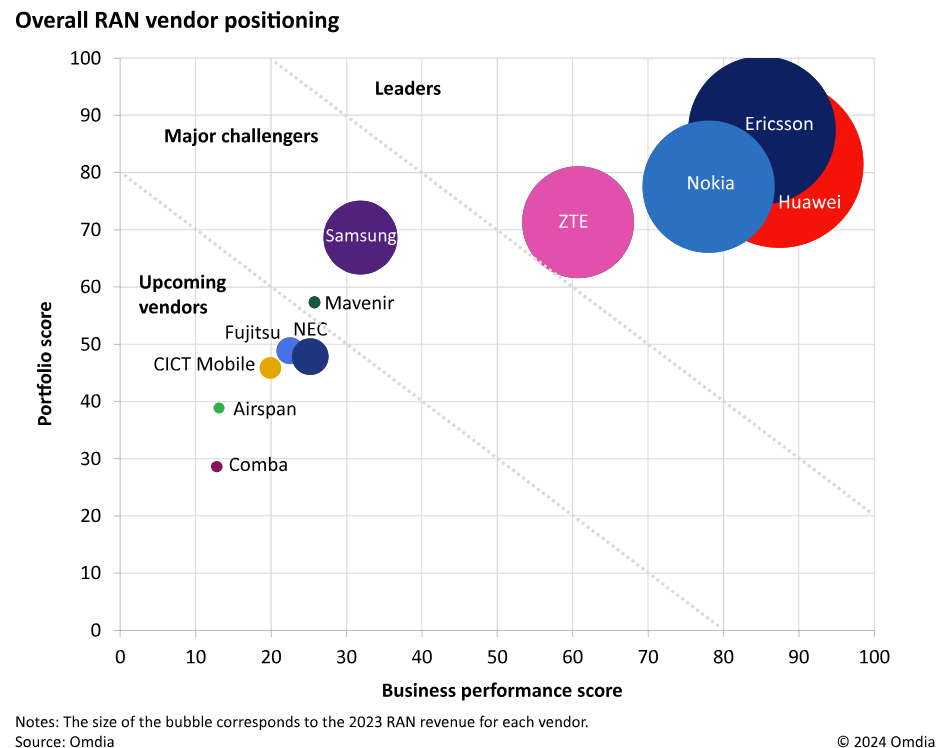
An interesting report from Omdia regarding ” Market Landscape: RAN Vendors 2024 “ The report is only for RAN Hardware and Software for macro base stations and small cells. Open […]

Virtualization is a journey that the telecoms industry has been on for several years to transform network functions into virtual network functions (VNFs). The VNF software is then decoupled from the […]

When we’re discussing vRAN and Open RAN topics, we’ll find ourselves facing some questions about the performance and cost. The highly common question is ” Can virtualized RAN deliver the […]

3GPP consists of three Technical Specifications Groups (TSGs) where TSG RAN (Radio Access Network) is responsible for the definition of functions, requirements, and interfaces of the Radio Access. TSG RAN […]
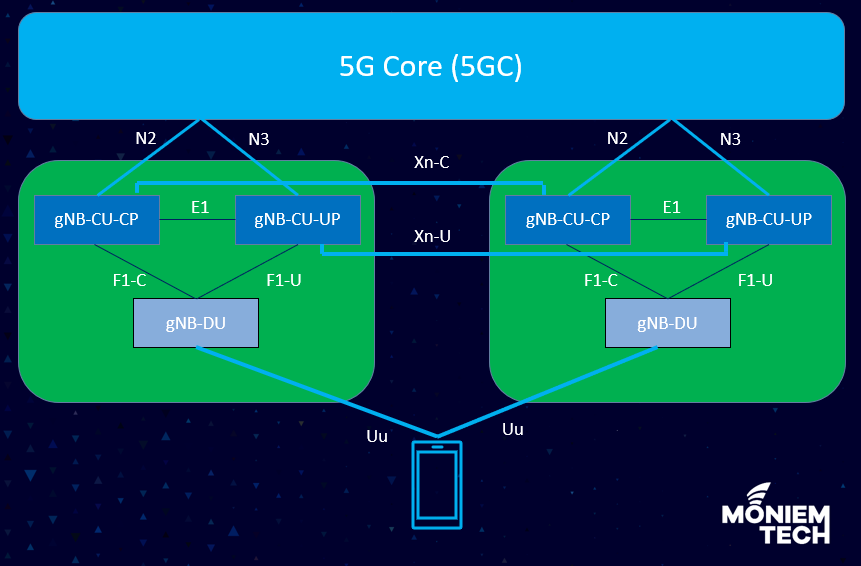
As per 3GPP, The gNB is divided into two logical functions: the CU and DU. The DU is the baseband unit in a 5G RAN. It handles layer 1 and […]

There are different acronyms related to the evolution of RAN (Radio Access Network), like vRAN, open RAN, O-RAN, etc. A key point to clarify is that RAN evolution means both […]
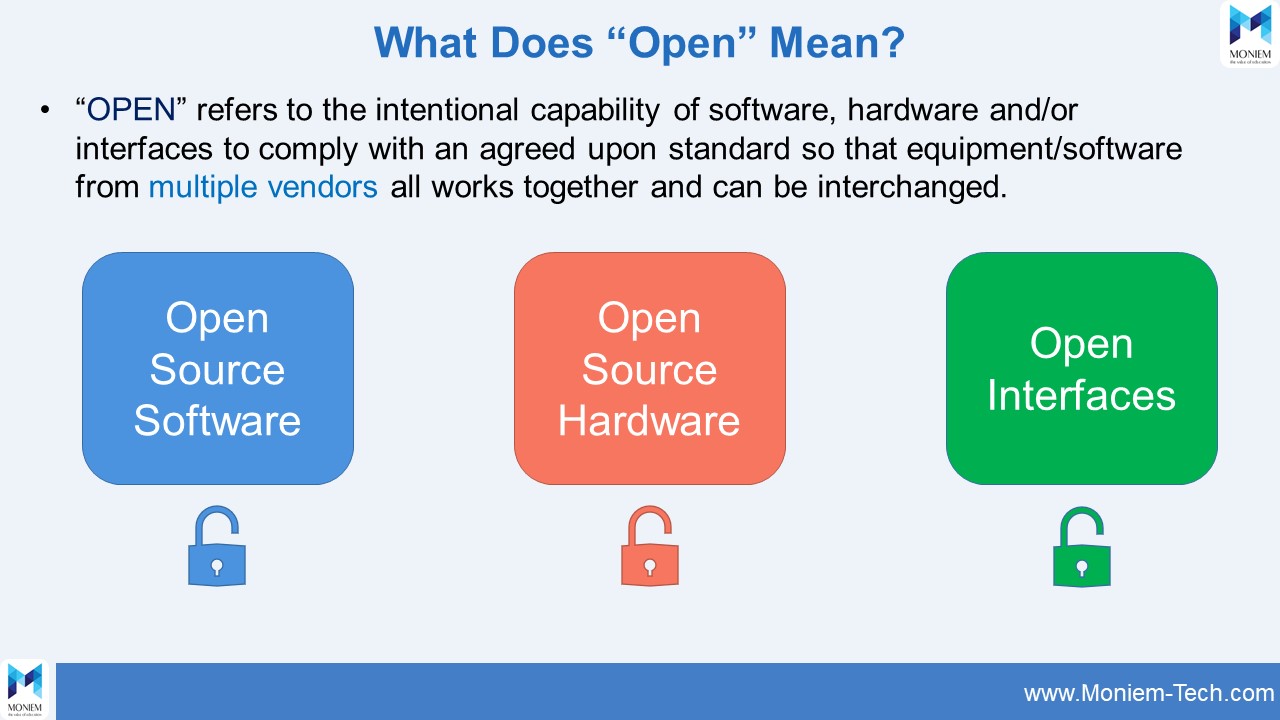
If we’re talking about RAN Market Status, The mobile RAN equipment market (covering active base station equipment and antennas, but excluding power supplies, cable, install costs, civils, passive antennas, etc.) […]
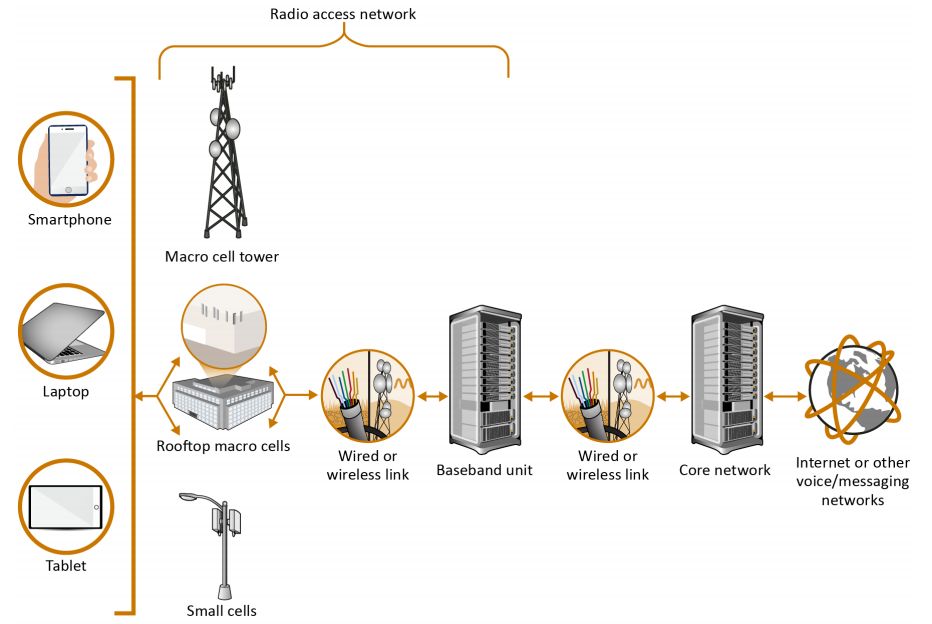
The device connects over the Radio Access Network (RAN), which defines and manages the radio link between the customer device and the rest of the network. The RAN comprises cellular […]

Why do MNOs struggle to shift to Open RAN? I know many MNOs are struggling to shift their RAN strategy to OpenRAN in their 5G Roadmap due to many reasons like they […]

